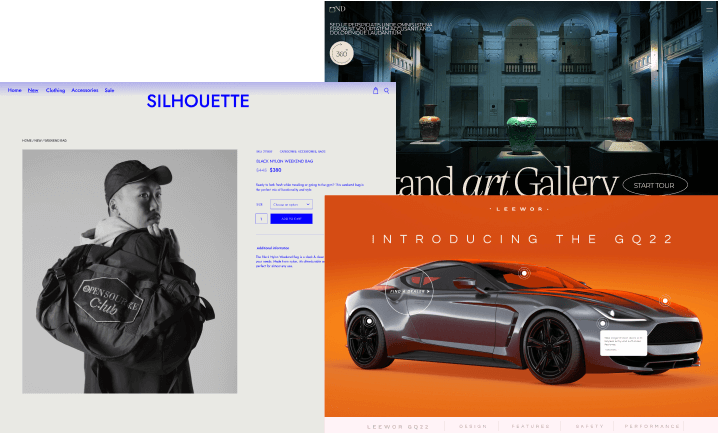A WordPress Parent Theme is a theme declared Parent by a Child theme. The feature allows developers and designers to use a broader and more robust range of themes and modify them by creating Child themes.
The Parent Theme passes all its features, style, and functionalities onto the Child theme, which can then choose to change Parent Theme functionalities without modifying it in any way.
How does a Parent Theme work?
Initially, WordPress only had one type of theme, which today we call a “Parent theme.” This theme was an end-to-end file package that comprised everything required to organize and display content on a WP site.
Nowadays, WordPress allows developers to create Child themes. This theme is a subdivision of the Parent theme, but with some variations. For instance, if you have downloaded someone’s Parent theme and wish to make a few styling changes, you can create a Child theme.
By doing so, you can make the changes without creating a theme from scratch. The reason is that the Child theme only contains styling information while the Parent theme contains the rest.
Essentially, the Child theme duplicates the Parent theme and allows one to make tweaks without worrying about altering it. In other words, the Parent/Child theme functionality enables quickly upgrading your themes without the concern of losing any customized styling you have added to a site.
WordPress Parent Themes and Frameworks
Parent themes are not theme frameworks. The latter include code libraries and other files involving the core theme functionality. Developers mainly use Child themes to customize styling beyond CSS capabilities while using the Parent theme’s framework. Designers looking to make complex style changes to a theme and know PHP should use the framework to build the Child theme.




